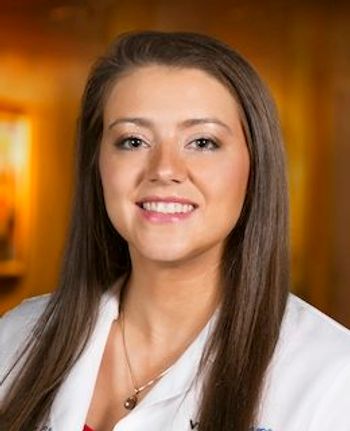
Recognizing retinal detachment
All optometrists need to know how to recognize and manage peripheral retinal conditions that pose a risk of retinal tears and detachments.
Orlando, FL-All optometrists need to know how to recognize and manage peripheral retinal conditions that pose a risk of retinal tears and detachments. Caught early, a tear may not progress to retinal detachment, said William D. Townsend, OD, FAAO. Dr. Townsend, who practices in Canyon, TX, offers this advice from a unique perspective.
Following repair of the detachment, he experienced another detachment in the same eye, necessitating a second surgery just 10 days after the first and a long recovery period. Dr. Townsend now has 20/15 visual acuity in the operated eye, as well as a message for his colleagues.
The signs
Dr. Townsend's ordeal began in April 2008. During clinic he became aware of a few small floaters but did not experience flashes of light or vision changes. He declined his extern's suggestion to dilate and examine the peripheral retina because he was busy-among other things, he was dealing with a family medical emergency and preparing to speak in Canada-and he "knew" that he was "bulletproof."
An incident in his background may have played a part in development of the retinal tear and detachment. Thirty-five years earlier, Dr. Townsend was hit in the right eye with a tennis ball. He was diagnosed with a progressive traumatic nuclear sclerotic cataract and in 2007 underwent successful cataract surgery with implantation of a toric IOL.
All was well for nearly a year; then the floaters appeared. A few days later, after arriving in New Brunswick, Canada, Dr. Townsend became aware of a small dark spot. That afternoon, while speaking to the New Brunswick Association of Optometrists, he noticed the spot rapidly expanding upward, reducing his vision in the inferior field, and began bumping into things as he lectured. He managed to finish the presentation, then asked a colleague, Diana L. Shechtman OD, FAAO, to examine him. She diagnosed the retinal detachment, which by then had caused significant visual field loss.
Newsletter
Want more insights like this? Subscribe to Optometry Times and get clinical pearls and practice tips delivered straight to your inbox.


















































.png)


